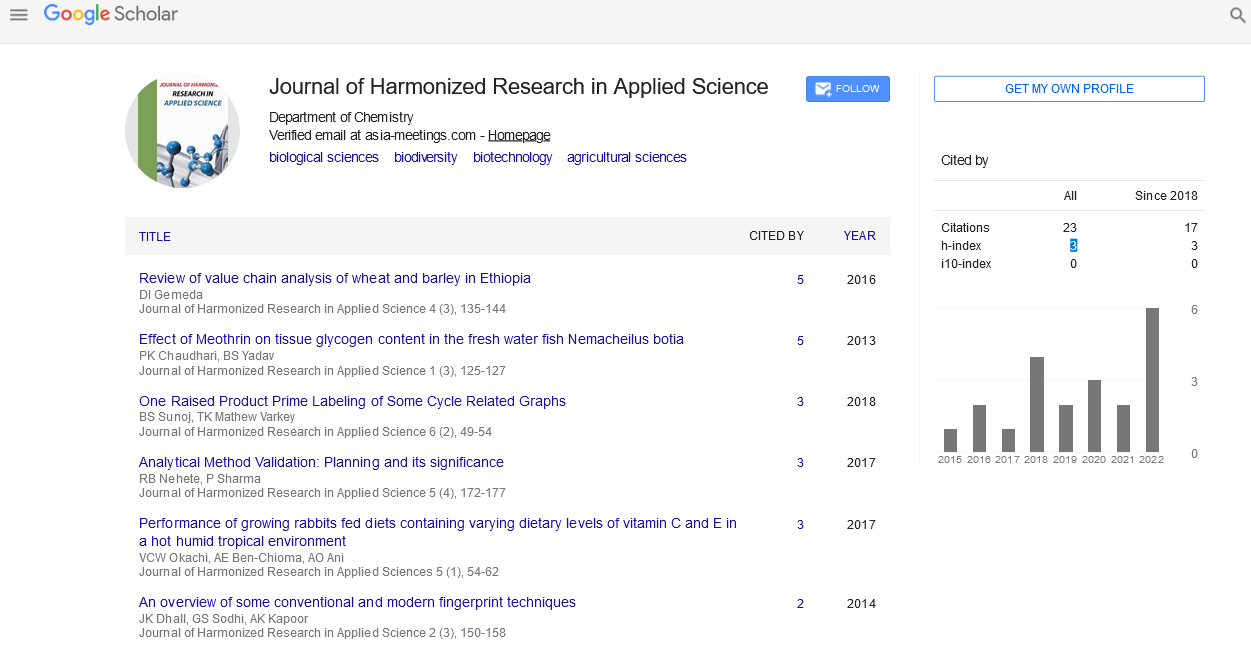Commentary - (2021) Volume 9, Issue 2
PHARMACOGENESIS OF DRUG TRANSPORTERS
Yulan Huang*Received: Dec 02, 2021
Description
Transporters are membrane proteins that regulate the influx of critical nutrients and ions as well as the efflux of cellular waste, poisons, and medications throughout the body. Drug development and use are particularly interested in transporters found in the liver, colon, kidney, and blood brain barrier (BBB). Endogenous and external chemicals are transported into and out of cells by several transporters working in concert. Transporters and drug-metabolizing enzymes collaborate in specific organs, such as the liver and intestine, to influence drug pharmacokinetics. Drug disposition, therapeutic efficacy, adverse drug responses, and drug-drug interactions are all affected by transporters. The diversity of transporter expression may be influenced by a variety of environmental and genetic factors. Understanding the role of genetic variability in transporter expression and phenotype may allow clinicians to tailor medication therapy to the patient’s genetic profile. Solute carrier (SLC) transporters, a family of passive and active transporters that rely on chemical and/or electrical gradients for transport, and ATP-binding cassette (ABC) transporters, a family of primary active transporters that are ATP dependent, are the two major superfamilies’ of transporters important in drug disposition. The following drug transporters will be reviewed in this chapter in light of current pharmacogenetic knowledge: Breast cancer resistance protein P-glycoprotein (P-gp) (BCRP).
OATP1B1, bile salt export pump (BSEP), organic cation transporter 1 (OCT1), organic cation transporter 2 (OCT2), multidrug and toxin extrusion 1 (MATE1), and organic anion transporters 1 and 3 are all organic anion transporters (OAT1 and OAT3). Other references are recommended for a review of other transporters not addressed in this chapter. Clinical evidence for most drug transporters is lacking or, in the case of P-gp, contradictory. Isolating clinically important drug transporter genetic variations is difficult due to the complicated nature of drug disposal and its subsequent impact on clinical outcome.
The majority of medications taken orally are absorbed in the small intestine. Although drug absorption is essentially a passive process, transporters in the small intestine determine the extent to which drugs are absorbed. Regarding the diversity of drug absorption, which has an impact on the pharmacokinetics of a variety of medications. Medication transporters expressed at the apical membrane of enterocytes can either help or hinder drug absorption in the intestine. The pharmacokinetic impact is determined by the transport mode used. The apical membrane of the enterocyte contains transporters from both the ABC and SLC superfamilies.
Drug transporters, which are found in a variety of tissues, play a crucial role in drug disposition. It may be possible to produce medications with optimal pharmacokinetic profiles by controlling the operation of such transporters. The important role of drug transporters in drug disposition in this paper, with a focus on their potential application during the drug development process.
The capacity to alter transporter function opens up the possibility of delivering a medicine to the target organ while avoiding distribution to other organs (and thus lowering hazardous side effects), managing the elimination process, and/or boosting oral bioavailability. It would be extremely advantageous to be able to choose a lead molecule that may or may not interact with transporters during drug development, depending on whether such an interaction is desirable. The use of particular transporter inhibitors as a means of regulating medication disposition and improving efficacy is also appealing. Currently, it is commonly understood that improving a drug’s pharmacokinetic qualities throughout the early phases of development is critical. During drug development, drug-drug interactions involving transporters produce modifications.










